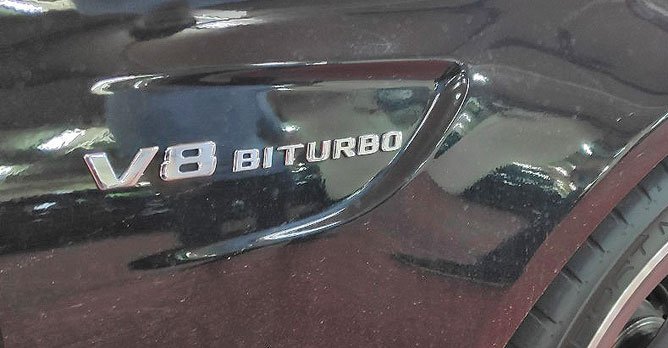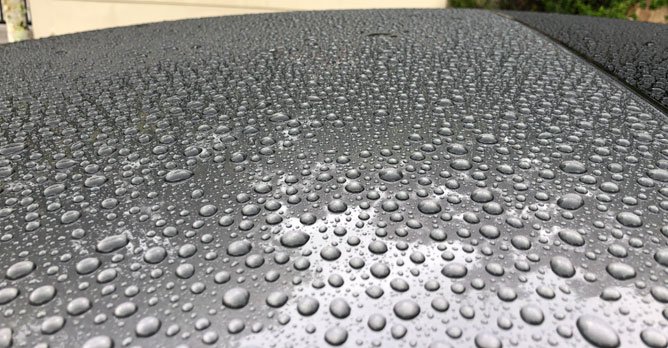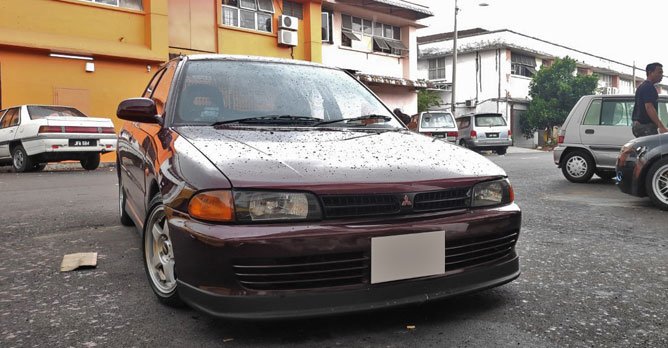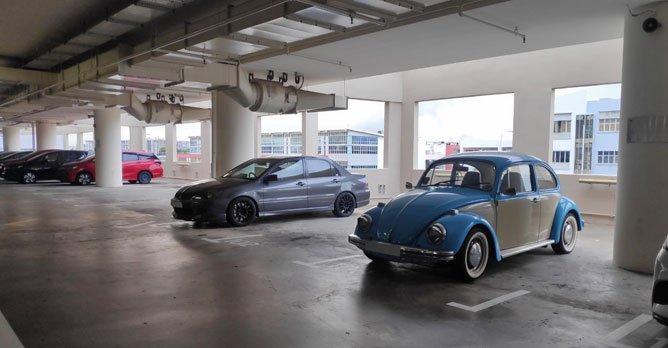Water spots - how to prevent them from occurring
03 Oct 2020|18,534 views
Wet weather brings cooler temperatures for everyone to enjoy. But if you're a meticulous car owner, the rainy season also makes you worry about water spots marring your paintwork. They look especially bad on a dark-colour finish.
Left on paint for too long, they'll become tough to remove, often requiring you to polish your car. If they get 'baked' on because you have to park outdoors, removing them might require a trip to the car detailer.
Now, before anything else...
What are water spots?
Rain water will always have either dirt or trace minerals in it.
What you see on your car's surface isn't actually water. It's the contaminants that are left behind after the water has dried or evaporated.
In theory, they should be easy to remove. However, once 'baked' on, these contaminants can harden. So, how do you stop them from forming?
Protect your paint/clear coat
A layer of wax, sealant or a ceramic coating can go a long way towards helping prevent water spots.
Waxes and coatings make your paintwork more slippery than usual. This helps water bead and/or slide off. And since the clear coat has a protective layer, the chances of water spots forming are greatly reduced.
Tight clusters of water beads are a good indication that your paint is still protected. As you drive, most of them will fly off your vehicle, thus reducing the build-up of dirt.
A protected vehicle is also easier to clean and wash. Don't forget to use a dedicated car shampoo to avoid stripping the wax or sealant.
Dry your vehicle after driving in the rain
Detailing fanatics will disagree, but you don't actually have to wash your car before doing this.
If you have drying towels in your car, use them to dry it after you've parked in your basement or multi-storey carpark. Pat the surfaces dry. Do not wipe or rub them, as you risk dragging the contaminants over the paint and scratching it. Periodically fold or turn the towel to ensure you use a clean section of it.
If you have a quick detailer in your vehicle, apply it together with another clean towel. This time, you can gently wipe it across your paintwork. Quick detailers have lubricants that help lift dirt away and prevent it from touching your clear coat.
If you're in a rush, just dry the horizontal surfaces, the bonnet, roof and boot lid, since these are where water spots usually form.
Park in a sheltered space
If you want to prevent water spots, the best thing to do is to park in a sheltered carpark whenever possible.
Even if your car is already wet and you can't dry it, parking it under shelter will still at least help prevent the drops from being baked onto the paintwork.
Here are some articles you might be interested in
Windows fogging up - how to prevent this from happening
Car groomer - what to consider when choosing one
9 paint protection specialists that Singaporeans can rely on
It takes not just diligence, but also the best paint protection to keep your car water spot free. Check out these highly recommended detailing experts who can give you a hand.
Wet weather brings cooler temperatures for everyone to enjoy. But if you're a meticulous car owner, the rainy season also makes you worry about water spots marring your paintwork. They look especially bad on a dark-colour finish.
Left on paint for too long, they'll become tough to remove, often requiring you to polish your car. If they get 'baked' on because you have to park outdoors, removing them might require a trip to the car detailer.
Now, before anything else...
What are water spots?
Rain water will always have either dirt or trace minerals in it.
What you see on your car's surface isn't actually water. It's the contaminants that are left behind after the water has dried or evaporated.
In theory, they should be easy to remove. However, once 'baked' on, these contaminants can harden. So, how do you stop them from forming?
Protect your paint/clear coat
A layer of wax, sealant or a ceramic coating can go a long way towards helping prevent water spots.
Waxes and coatings make your paintwork more slippery than usual. This helps water bead and/or slide off. And since the clear coat has a protective layer, the chances of water spots forming are greatly reduced.
Tight clusters of water beads are a good indication that your paint is still protected. As you drive, most of them will fly off your vehicle, thus reducing the build-up of dirt.
A protected vehicle is also easier to clean and wash. Don't forget to use a dedicated car shampoo to avoid stripping the wax or sealant.
Dry your vehicle after driving in the rain
Detailing fanatics will disagree, but you don't actually have to wash your car before doing this.
If you have drying towels in your car, use them to dry it after you've parked in your basement or multi-storey carpark. Pat the surfaces dry. Do not wipe or rub them, as you risk dragging the contaminants over the paint and scratching it. Periodically fold or turn the towel to ensure you use a clean section of it.
If you have a quick detailer in your vehicle, apply it together with another clean towel. This time, you can gently wipe it across your paintwork. Quick detailers have lubricants that help lift dirt away and prevent it from touching your clear coat.
If you're in a rush, just dry the horizontal surfaces, the bonnet, roof and boot lid, since these are where water spots usually form.
Park in a sheltered space
If you want to prevent water spots, the best thing to do is to park in a sheltered carpark whenever possible.
Even if your car is already wet and you can't dry it, parking it under shelter will still at least help prevent the drops from being baked onto the paintwork.
Here are some articles you might be interested in
Windows fogging up - how to prevent this from happening
Car groomer - what to consider when choosing one
9 paint protection specialists that Singaporeans can rely on
It takes not just diligence, but also the best paint protection to keep your car water spot free. Check out these highly recommended detailing experts who can give you a hand.























